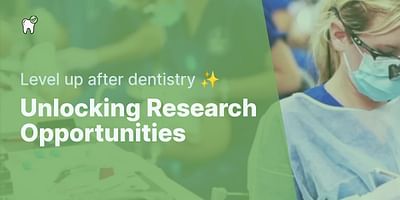Dr. Michael Nguyen is a prosthodontist with a focus on restorative dentistry. He is dedicated to helping his patients achieve beautiful and functional smiles through the use of advanced techniques and technology. In his free time, he enjoys playing golf and traveling.
Answer:
Absolutely! Studying dental technology can be a great foundation for a career in dentistry. While dental technology and dentistry are distinct fields, there are many transferable skills and knowledge that can help you transition from being a dental technician to becoming a dentist.
Dental technology focuses on the fabrication and maintenance of dental prostheses, such as crowns, bridges, and dentures. As a dental technician, you have gained valuable experience in working with dental materials, understanding dental anatomy, and mastering various laboratory techniques. These skills can be highly beneficial in your journey towards becoming a dentist.
To become a dentist after studying dental technology, you will need to complete additional education and training. Here are the steps you can take to pursue a career in dentistry:
1. Research dental school requirements: Different dental schools may have specific prerequisites for admission. It's important to familiarize yourself with these requirements to ensure you meet the necessary criteria. Common prerequisites include completing specific science courses, such as biology, chemistry, and physics, as well as taking the Dental Admission Test (DAT).
2. Complete a bachelor's degree (optional): While not all dental schools require a bachelor's degree, having one can enhance your application and provide a broader educational background. Consider pursuing a degree in a related field, such as biology or chemistry, to further strengthen your knowledge in the sciences.
3. Prepare for and take the Dental Admission Test (DAT): The DAT is a standardized exam that assesses your academic knowledge and aptitude for a career in dentistry. It covers topics such as natural sciences, perceptual ability, reading comprehension, and quantitative reasoning. Adequate preparation is crucial for achieving a competitive score.
4. Apply to dental school: Once you have met the prerequisites and obtained a competitive DAT score, you can begin the application process for dental school. This typically involves submitting an application through the American Dental Education Association (ADEA) Associated American Dental Schools Application Service (AADSAS) or a similar centralized application service. Be sure to carefully follow each school's specific application requirements and deadlines.
5. Complete a Doctor of Dental Surgery (DDS) or Doctor of Dental Medicine (DMD) program: Dental school typically lasts four years and combines classroom instruction with hands-on clinical experience. During this time, you will learn about various aspects of dentistry, including oral anatomy, dental pathology, dental radiology, and patient management. You will also gain practical experience through supervised clinical rotations.
6. Obtain licensure: After graduating from dental school, you will need to obtain a license to practice dentistry in your state. This typically involves passing a written and clinical examination administered by your state's dental board.
7. Consider specializing: Once you have become a licensed dentist, you may choose to pursue further specialization in a specific area of dentistry, such as orthodontics, oral surgery, or prosthodontics. Specialization requires additional education and training beyond dental school.
Transitioning from dental technology to dentistry can be a rewarding career move. Your background in dental technology will provide you with a unique perspective and valuable skills that can enhance your practice as a dentist. By following the steps outlined above, you can embark on a fulfilling journey towards becoming a dentist and making a positive impact on patients' oral health.















